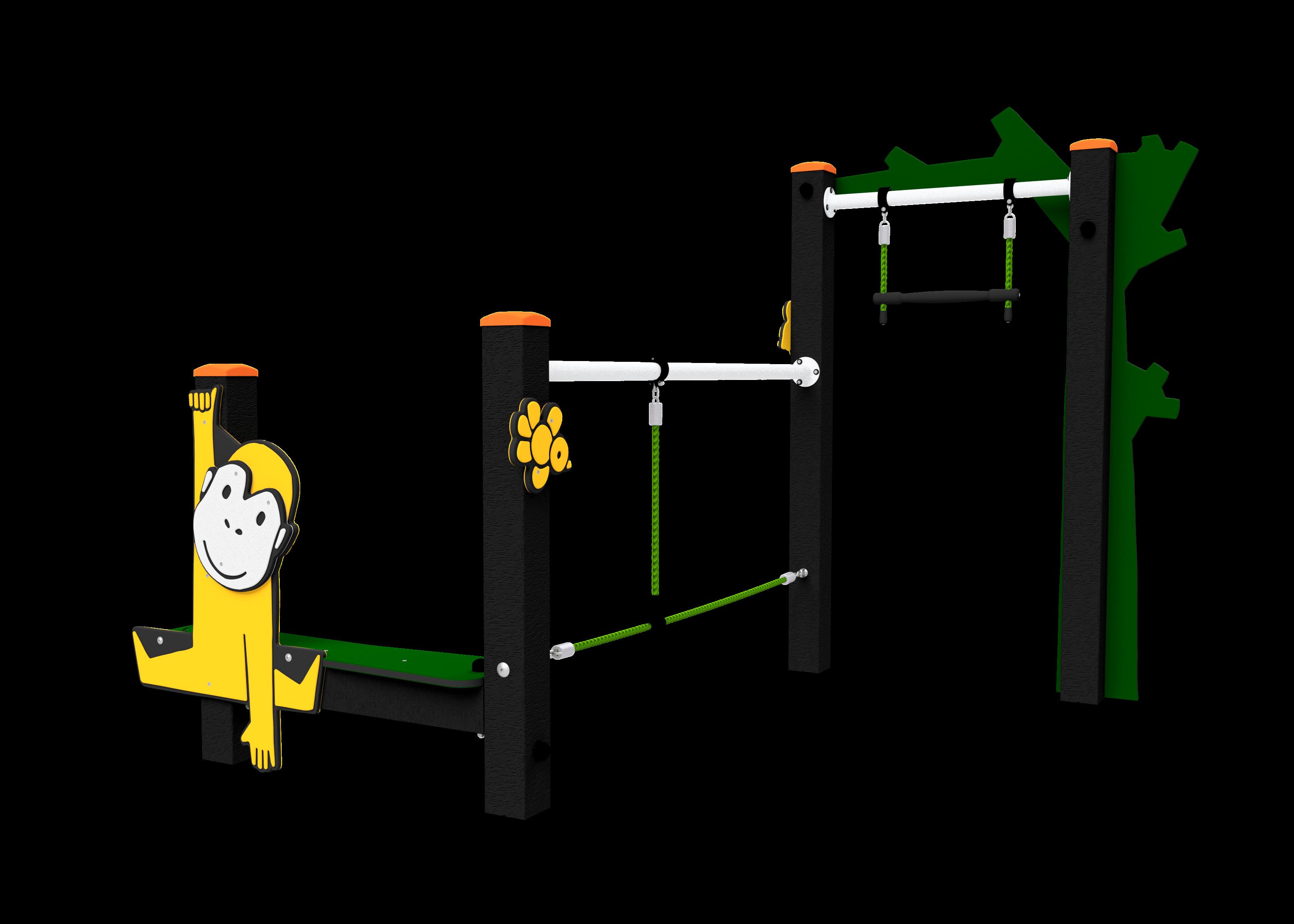
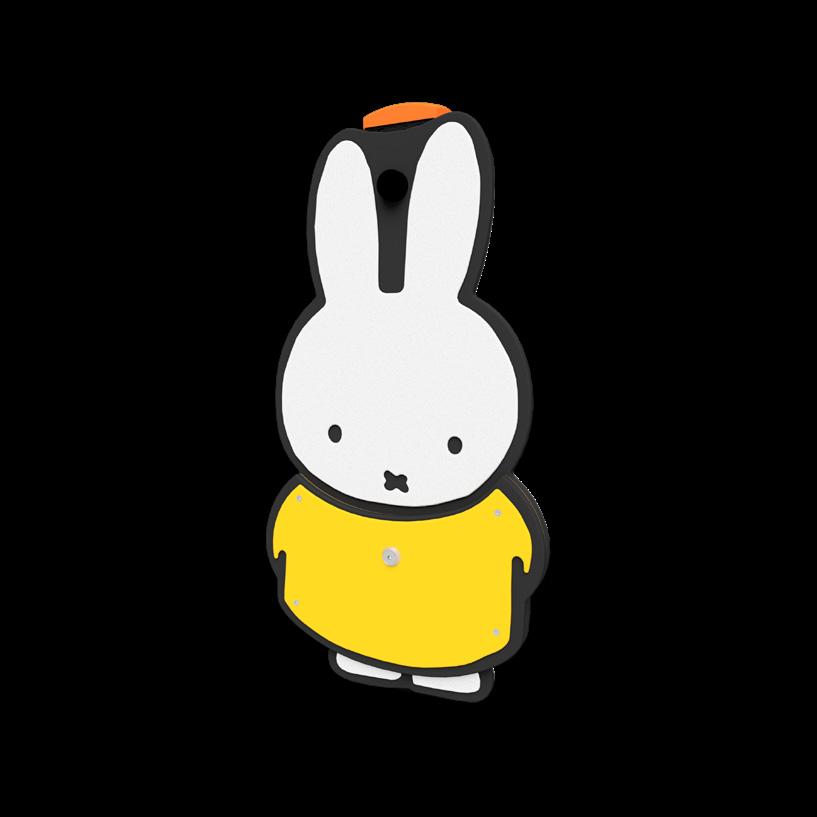







During a holiday in 1955, Dick Bruna tells his son a story about a white bunny in the garden. This bunny finds her way to Bruna’s drawing board and miffy is born. Today, she has conquered the world. Many parents read miffy’s adventures aloud, which is essential for a child’s development.
BOERplay and miffy share the same vision on child development through play and movement. Therefore, we design (inclusive) play and exercise areas, which are realised nationally and internationally. Our cooperation with childcare centres, schools, municipalities and recreation companies results in tailor-made furnishing concepts that are well-suited to specific needs.
We obtained the rights from Mercis (responsible for managing Dick Bruna’s intellectual property rights) at the end of the last century, making us the only manufacturer worldwide allowed to make miffy play equipment.
We continue our commitment to sustainability by producing efficiently with recycled materials, while keeping the fun of play at the heart of our work. We design our appliances with attention to play values, encourage motor skills and
stimulate the imagination. With this product line, we fully immerse ourselves in the world of Dick Bruna. The original miffy books serve as inspiration, while we use the original colour palette. This has resulted in a beautiful product line that brings the world of miffy to life.
Over the years, countless children have experienced miffy’s adventures on paper. Today, our toddlers and preschoolers can also go on real adventures together with miffy on our play equipment. They become the main character in a brand new miffy adventure and make memories for life.
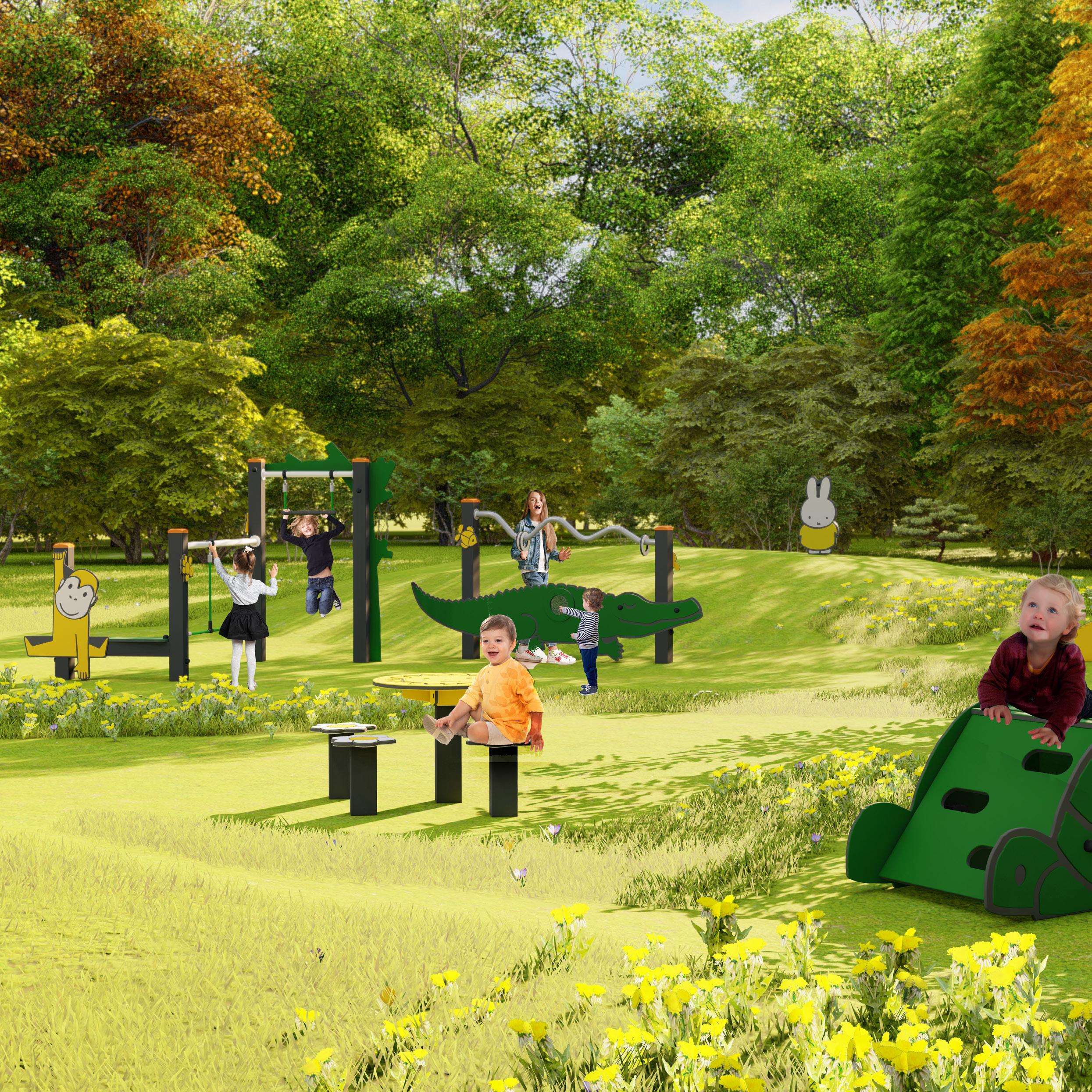
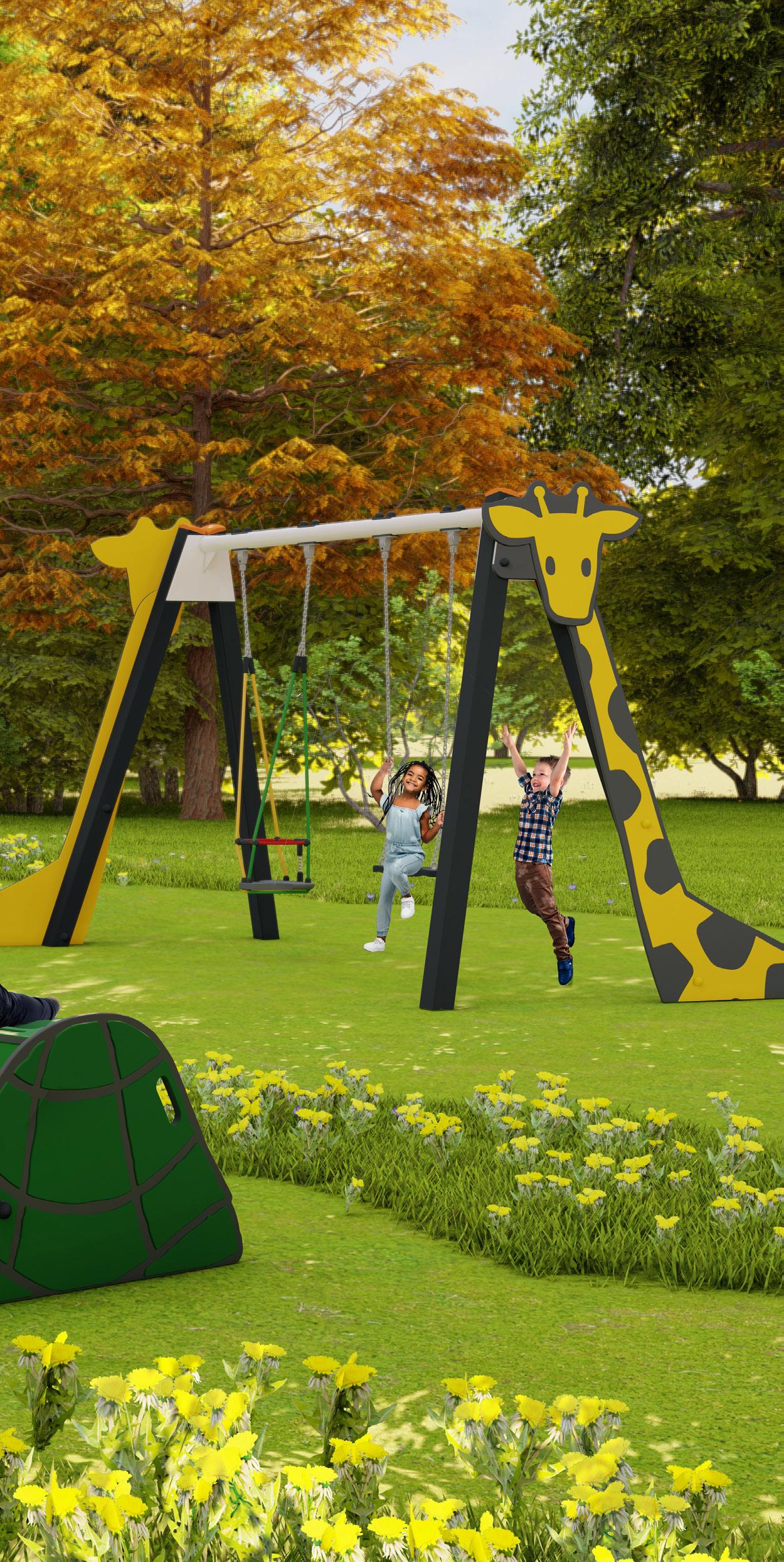

To create a challenging playgrounds, we identify four types of players: energizers, structure seekers, builders and observers. Each with their own way of playing and each with their own needs for a play area. The play types are inspired by architect Bertus Mulder’s design philosophy.
The objective of distinguishing these types of play when designing playgrounds is to create an environment that is diverse and meets the needs of different types of playing children. By taking into account diverse play styles, playgrounds can become more attractive to a wider range of children, making them feel more engaged, challenged and happy while playing, alone or together.


“I am the fastest; try to catch me! Just let me hop-, bounce and run around. I don’t like to sit still, I need space to do my thing.“
Energizers need a lot of open and undefined space. Preferably with competition elements and height differences. There they can excel and achieve.
“Playing is the best thing in the world! Give me something I can play with and I’ll have fun. And when we play together, it will be even more fun! Come on, let’s not waste time and get started!“
Structure seekers need an environment where they can meet and which is equipped with predefined playing purposes and comfortably furnished.
“Look, all of it made by me! With everything I can find around me, I build the most beautiful creations. I learn by trying; I experiment like crazy. And if I ever digress, something even more beautiful often comes up!“
Builders need an open space with (natural) building materials present for building and finding freedom of expression and interpretation.
“Just let me be... I’m just comfortable over here. Can I stay just a little longer? I was just playing a really fun game. You said we could stay another 5 minutes, didn’t you? Well, they’re not over, so we can’t go back yet.”
Observers need a safe space to retreat and seek shelter.
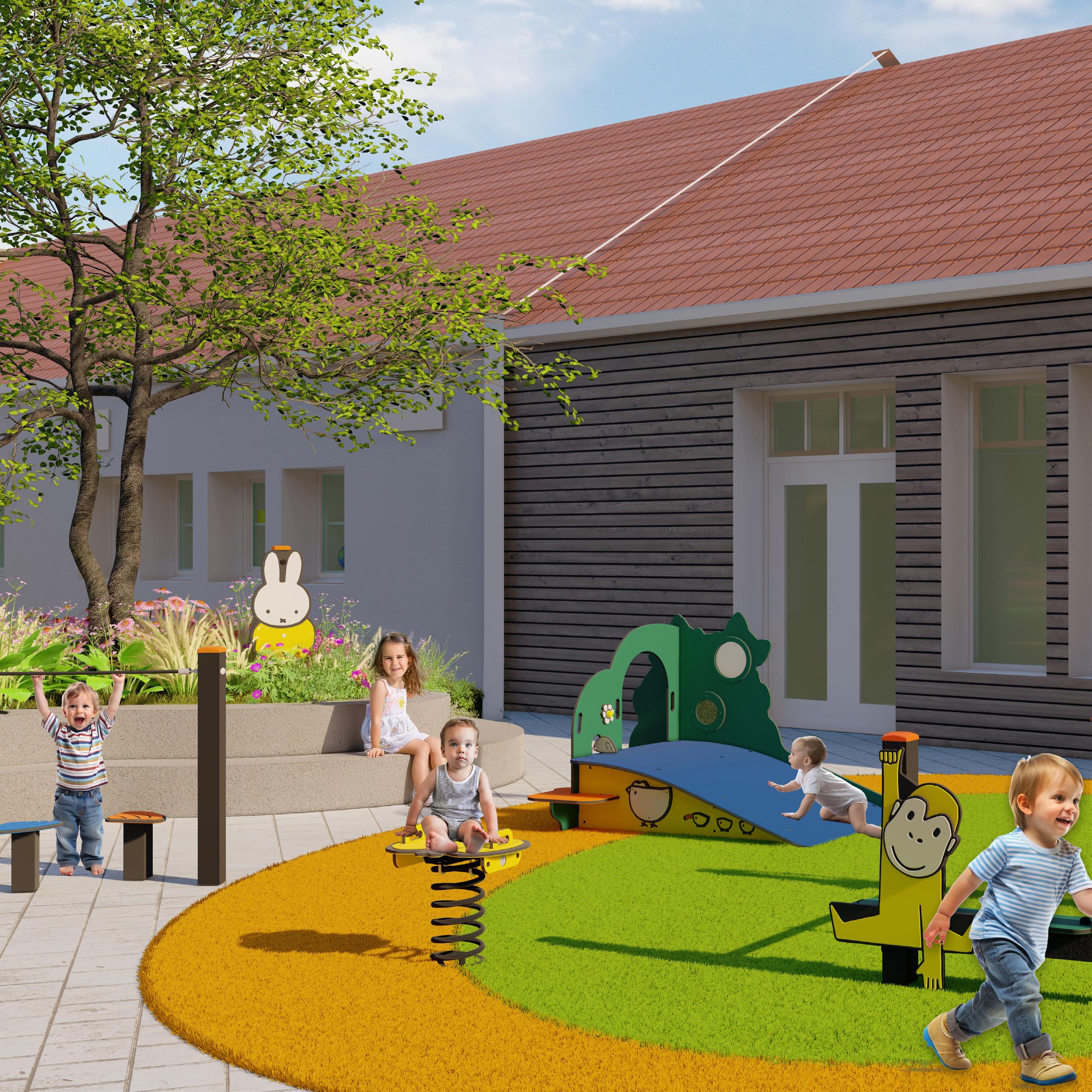
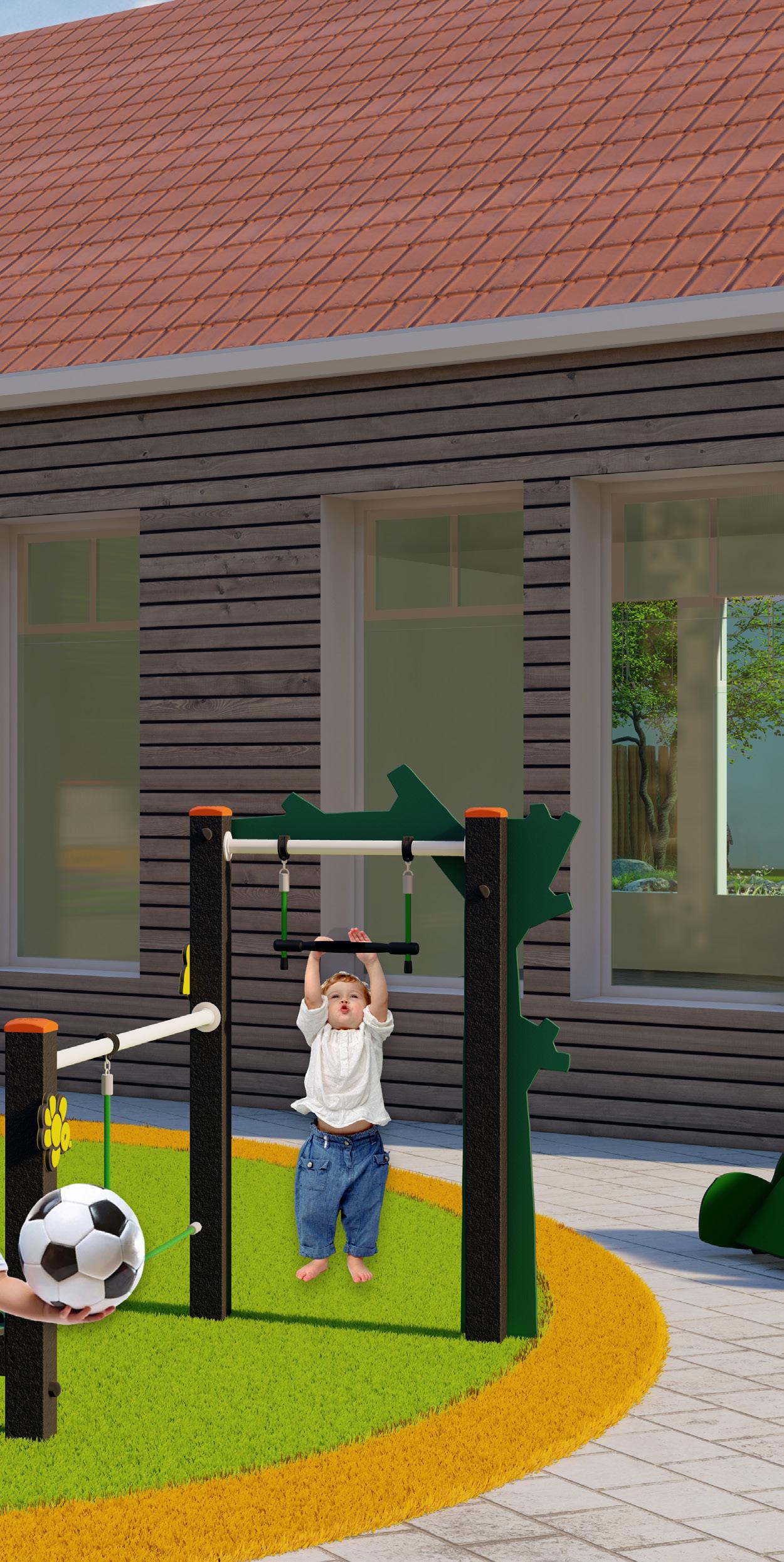
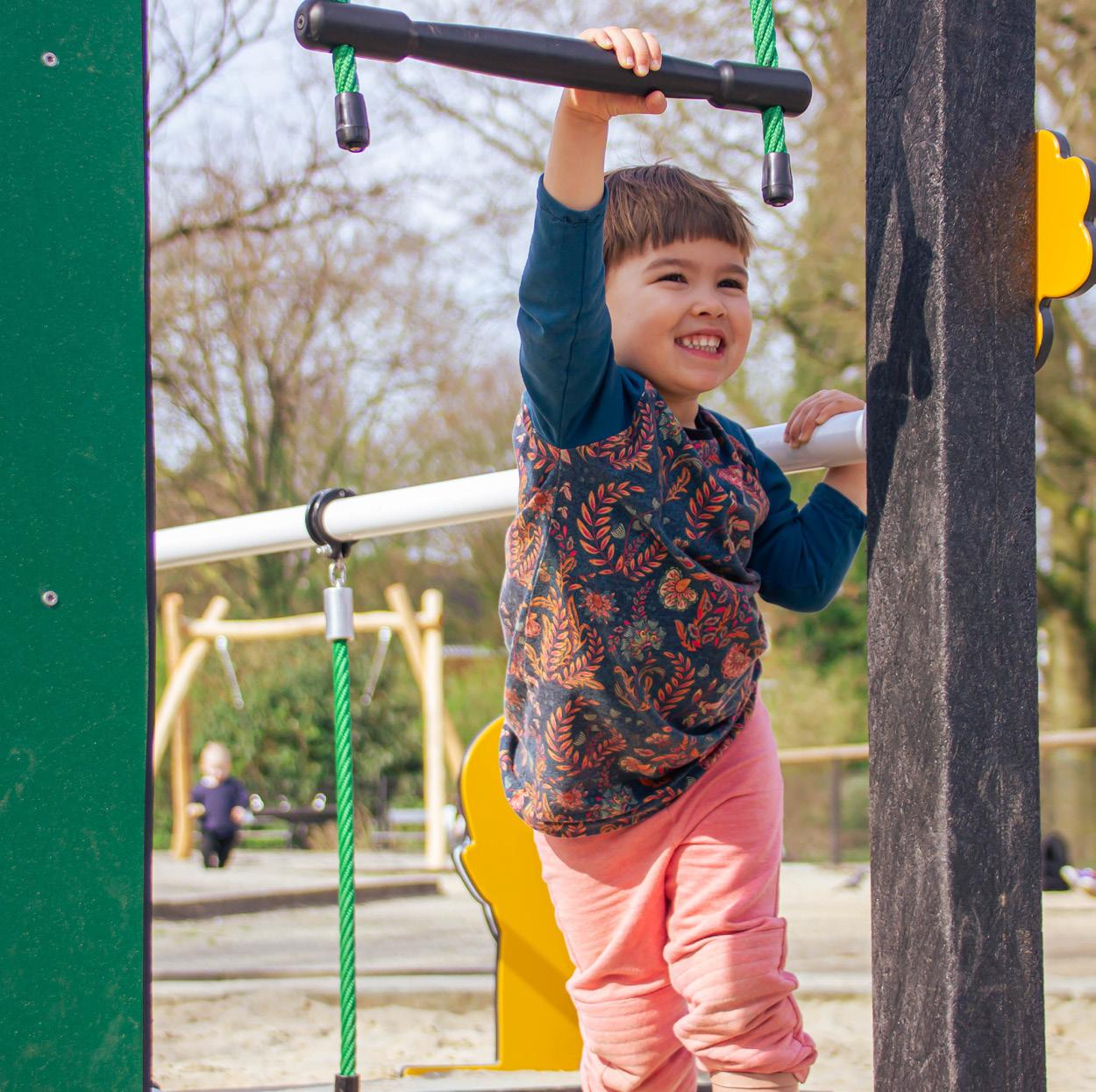
In the early years of life, movement and play are essential elements for children’s healthy development. When little ones can move freely, they explore the world around them in ways that are enjoyable but also fundamental to their growth.
Think of their very first steps: a sign of physical development and a bigger world opening up to them. By crawling, walking, running and jumping, they develop not only bones, muscles and a nervous system but also selfconfidence and a sense of independence. These early physical efforts form the basis for a healthy skeleton, strong muscles and good coordination, which is essential for later activities, such as sports and daily movements.
However, it is not only the body that benefits from this game. While children are moving and active, they develop their brains in extraordinary ways. Play stimulates creativity, the ability
to solve problems and understand spatial concepts. By playing with blocks, puzzles or just by moving freely, they learn to recognise patterns, come up with solutions and discover new things.
Furthermore, for children, play is the first introduction to social interactions. It is during these moments of play that they learn to share, cooperate, communicate and resolve conflicts. It lays the foundation for healthy relationships and a better understanding of social dynamics as they grow up.
The lack of exercise and play in early childhood can lead to health problems, motor delays and even difficulties in cognitive development. Children may struggle with physical activities, have trouble solving problems and their social skills may fall behind.
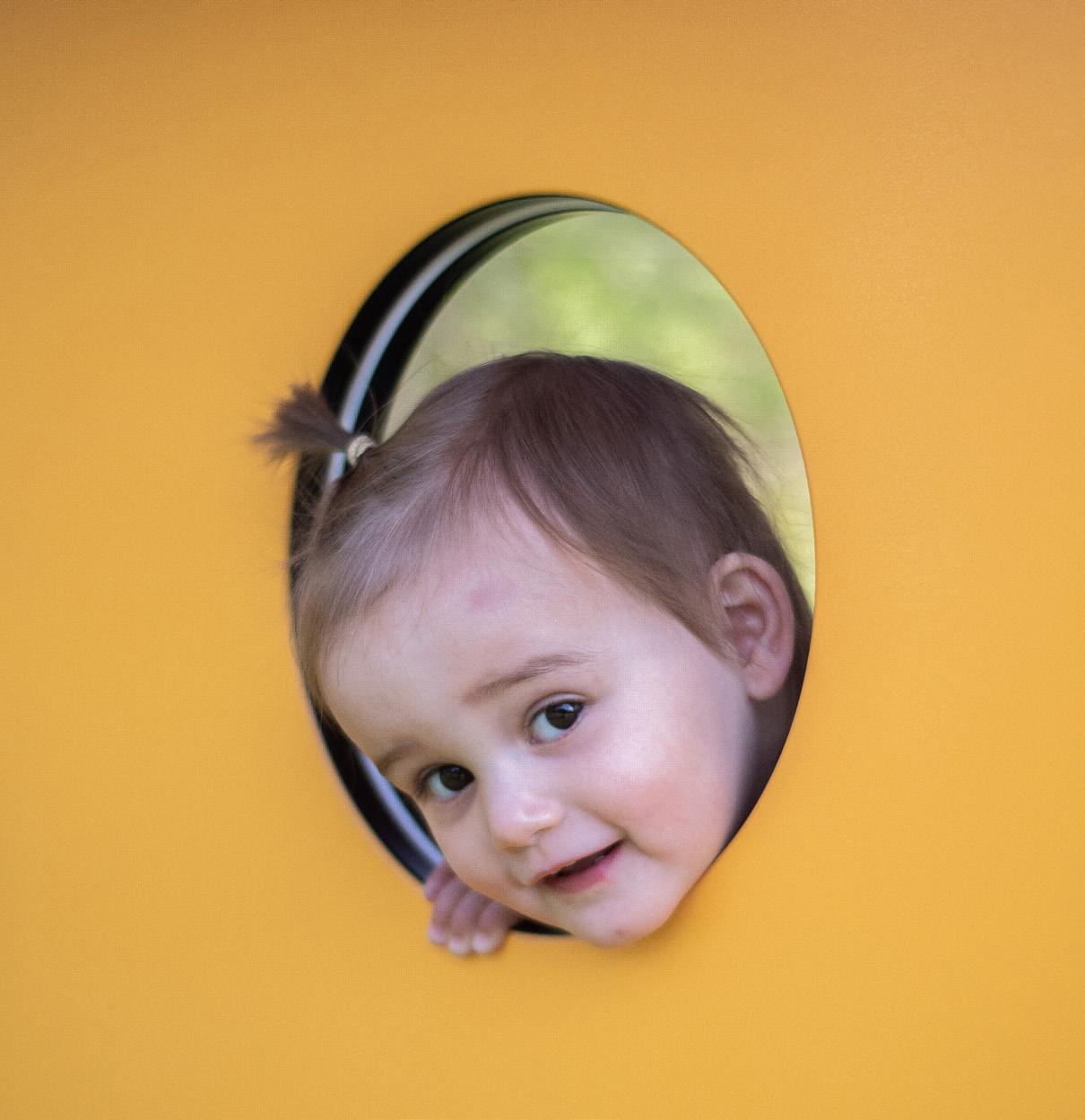
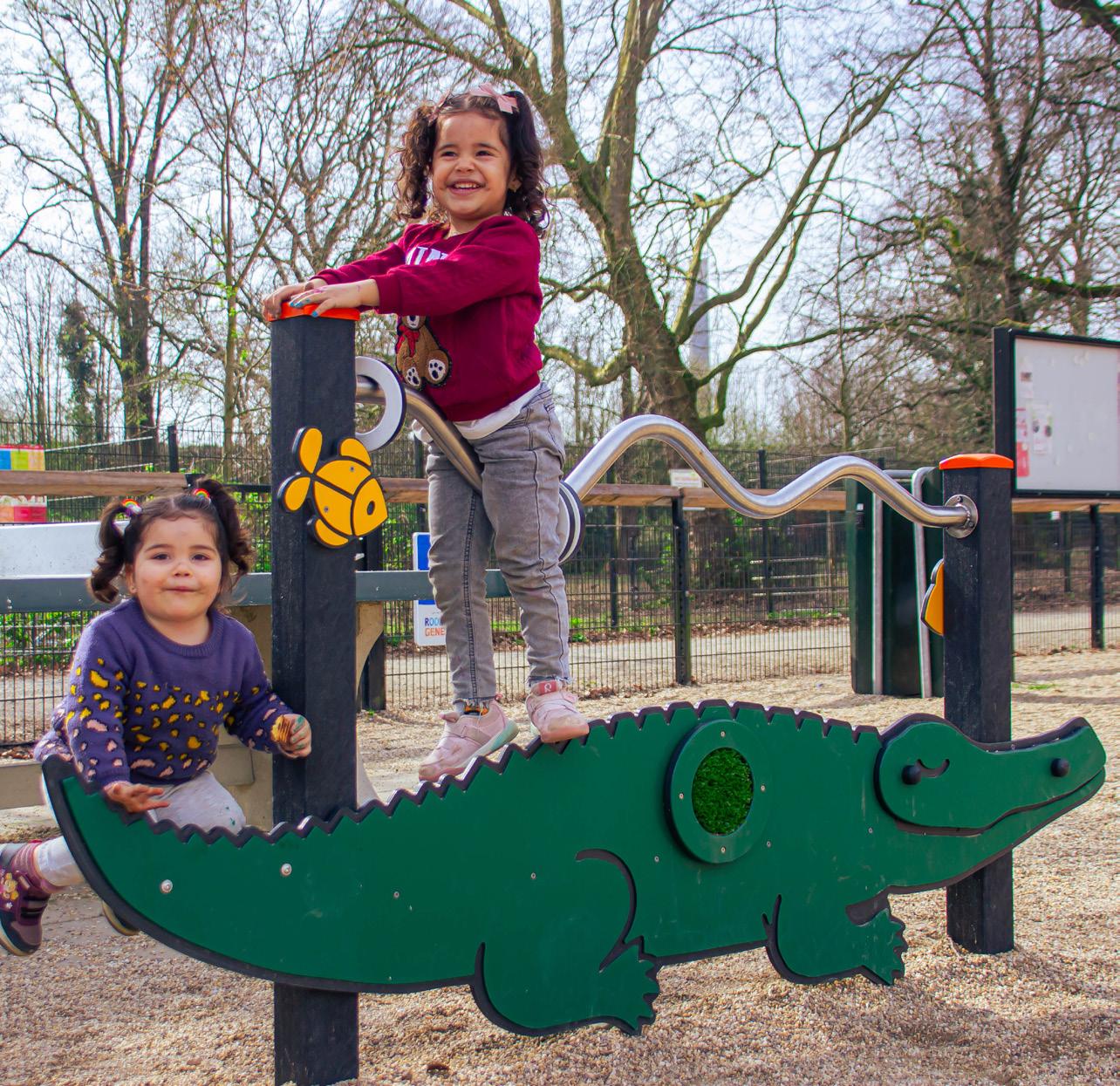
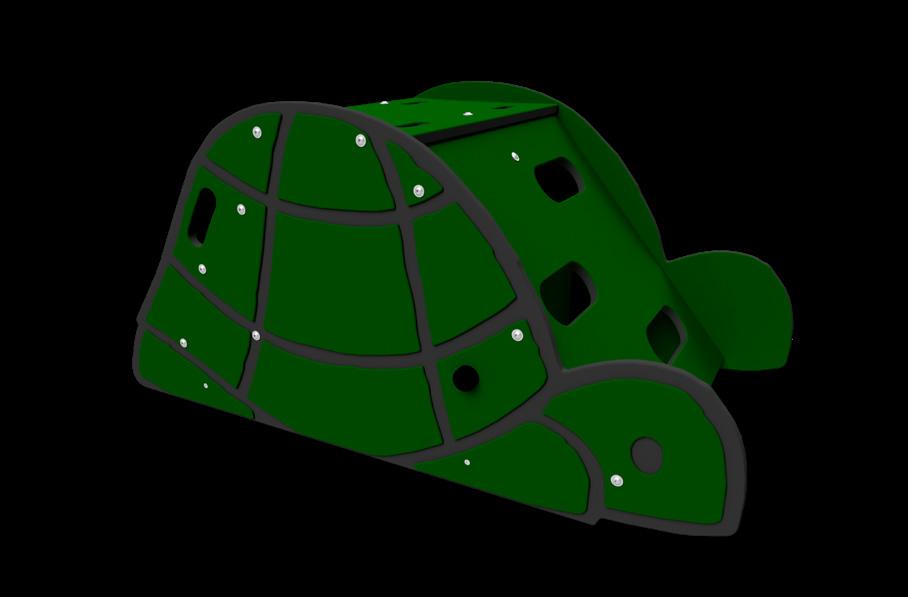
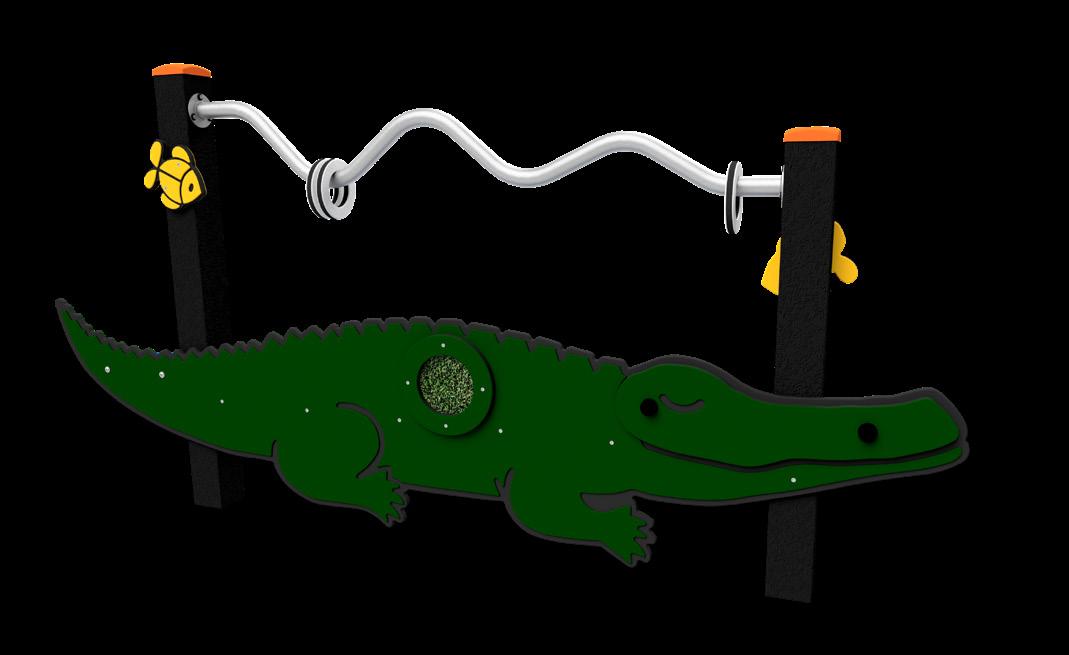
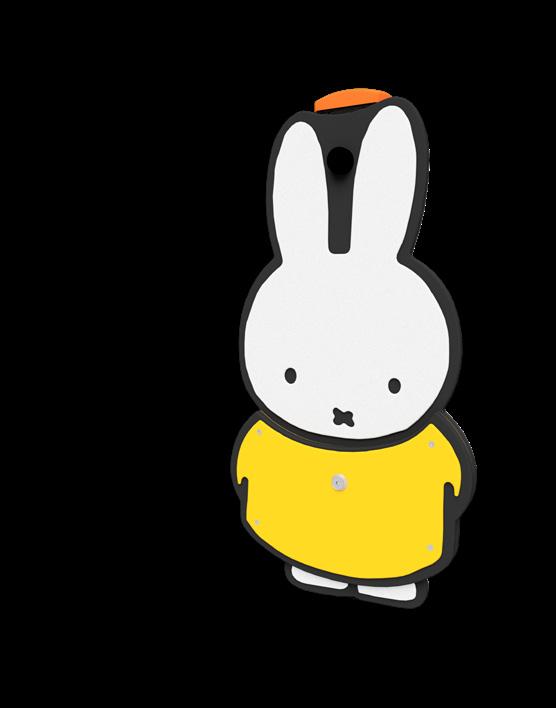



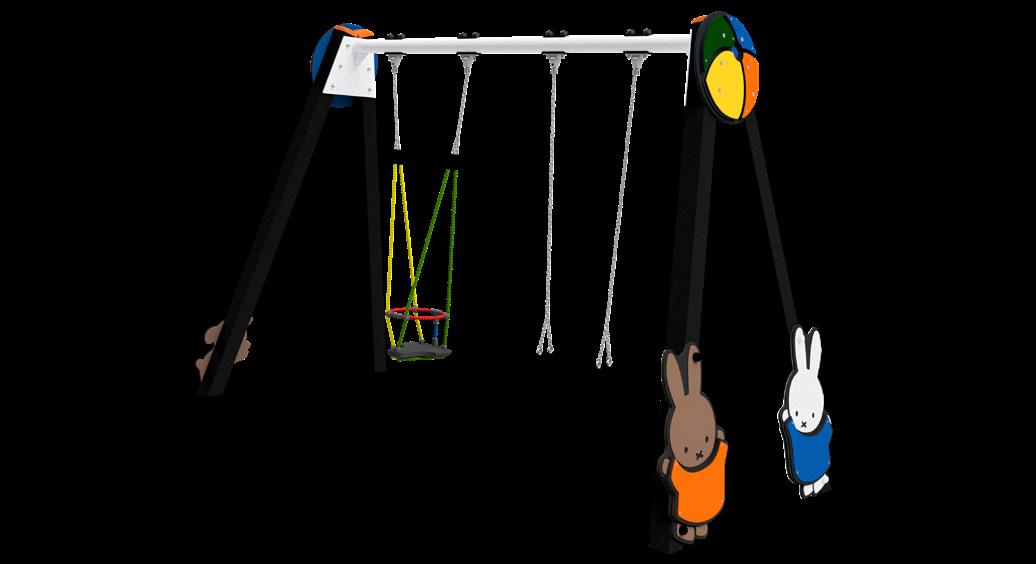


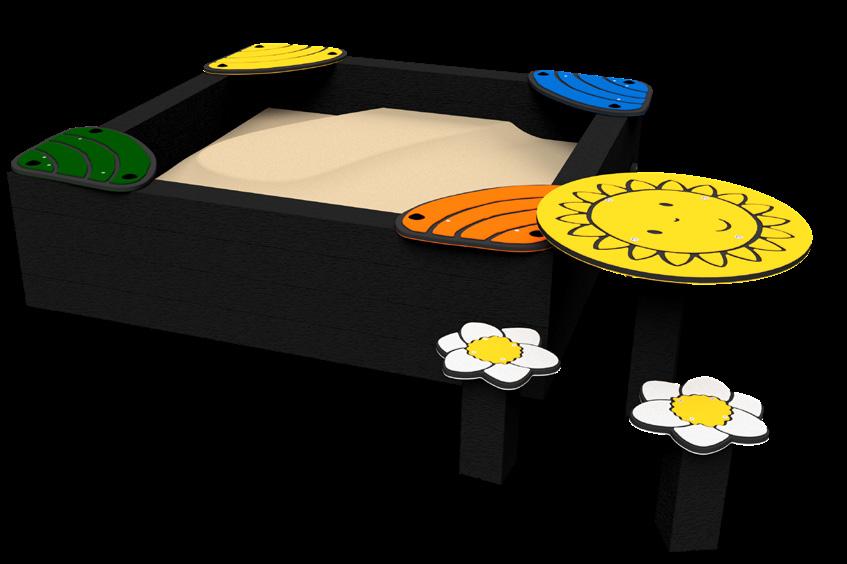
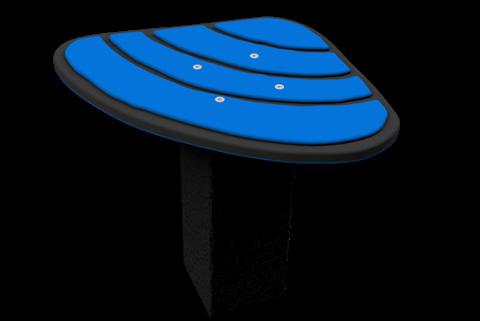
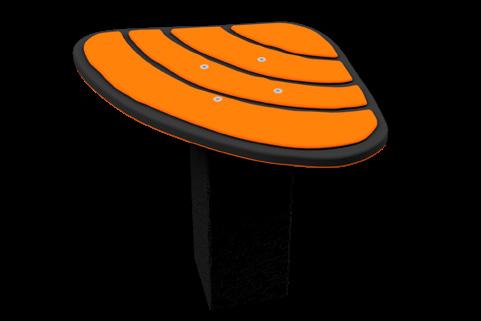



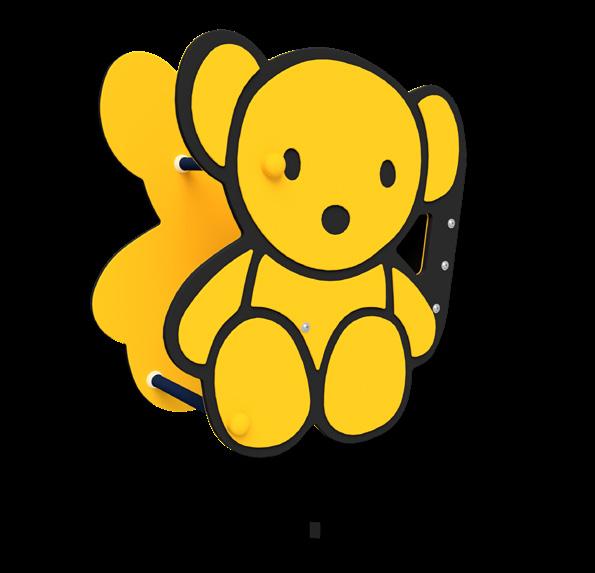
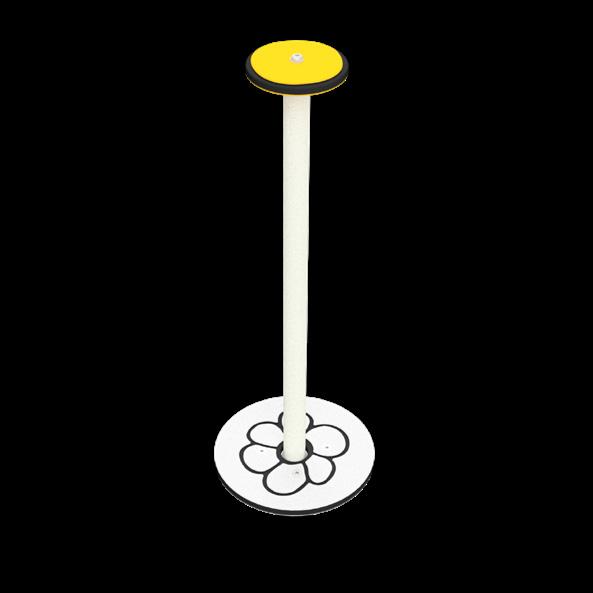
Our mission is to create spaces where young children can fully develop, both physically and socially, while having fun and feeling free to explore. It is important to provide a playground that matches the natural curiosity and energy of young children.
In our design, we focus first on motor development. Young children are fully engaged in discovering their bodies and the world around them. We make sure our play environments challenge them to climb, run, balance and jump.
In addition to physical activity, we also consider it essential that the play area provides space for creative and sensory play. For instance, colourful, playful elements that invite discovery and experimentation. So, the equipment includes tactile elements such as rotating clocks, kitchenettes and watering cans, which invite children to role-play and develop their motor skills and imagination. It offers them the chance to use their senses, feel, smell and explore, while at the same time developing their creativity.
Young children learn a lot from playing together with others, which is why we make sure there are plenty of opportunities at a play area to collaborate and interact. From a playhouse to a sand hoist where children can create their own play, it promotes cooperation and interaction.
Young children learn a lot from playing together with others, which is why we make sure there are plenty of opportunities at a play area to collaborate and interact. From a playhouse to a sand pit where children can create their own play, it promotes cooperation and interaction.
In addition, we design play areas suitable for children’s different developmental stages. Whether they are just starting to walk or can already handle more challenging play equipment, our play areas offer something suitable for every stage. We create spaces that are both safe and inviting, so parents and carers don’t have to worry about children’s safety.
Play environments remain attractive and in good condition by choosing durable materials, even after years of intensive use.
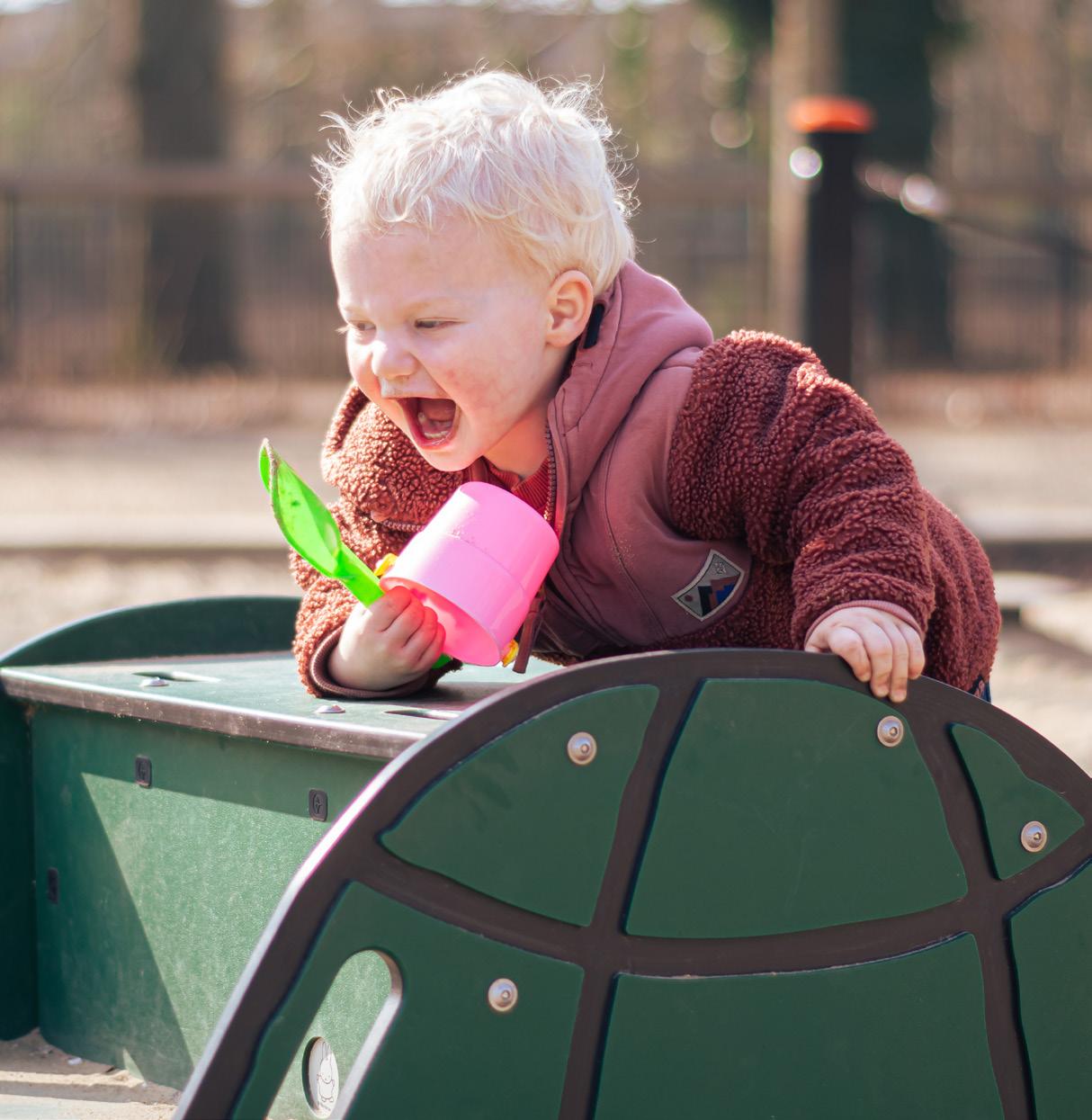
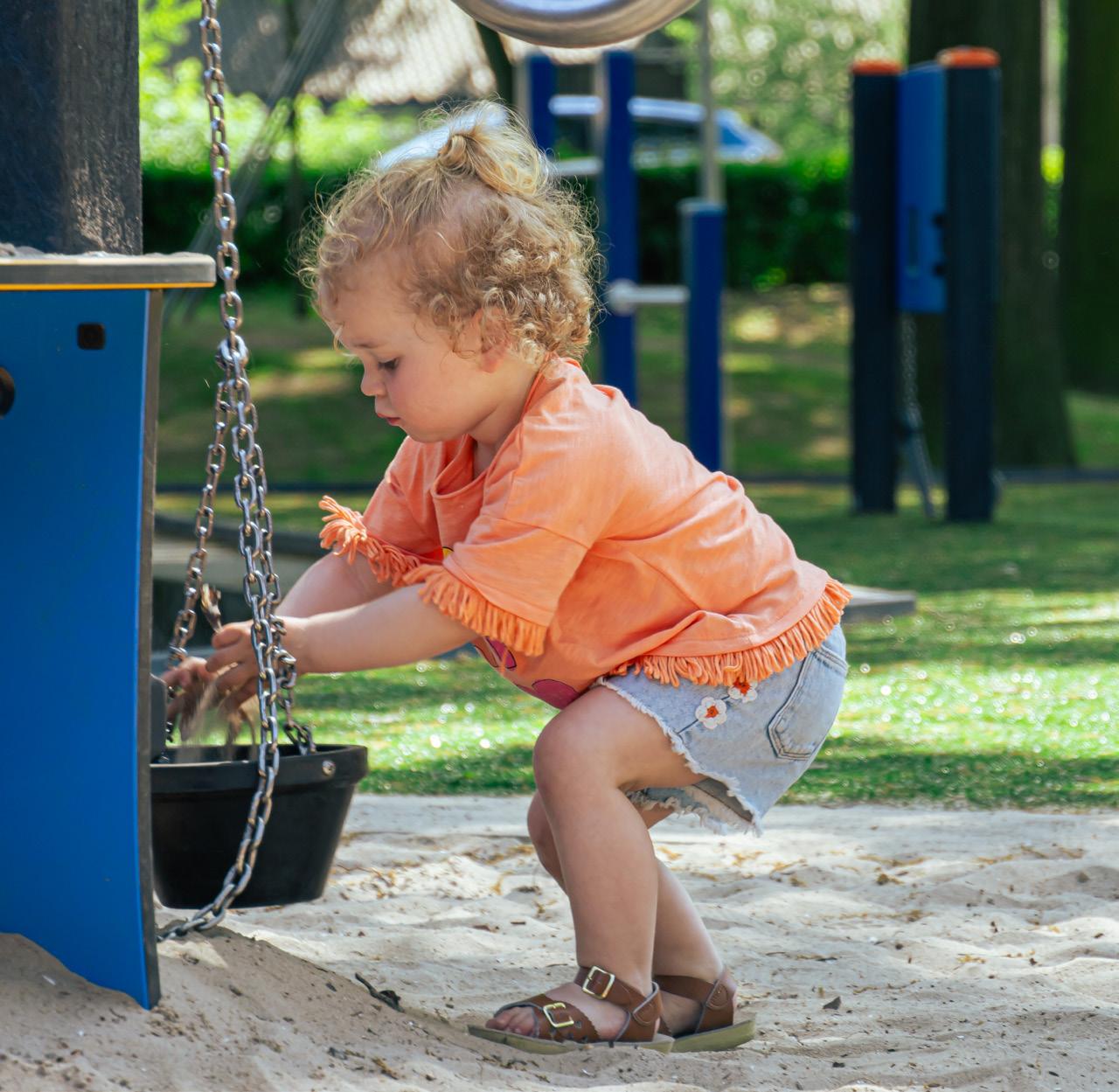

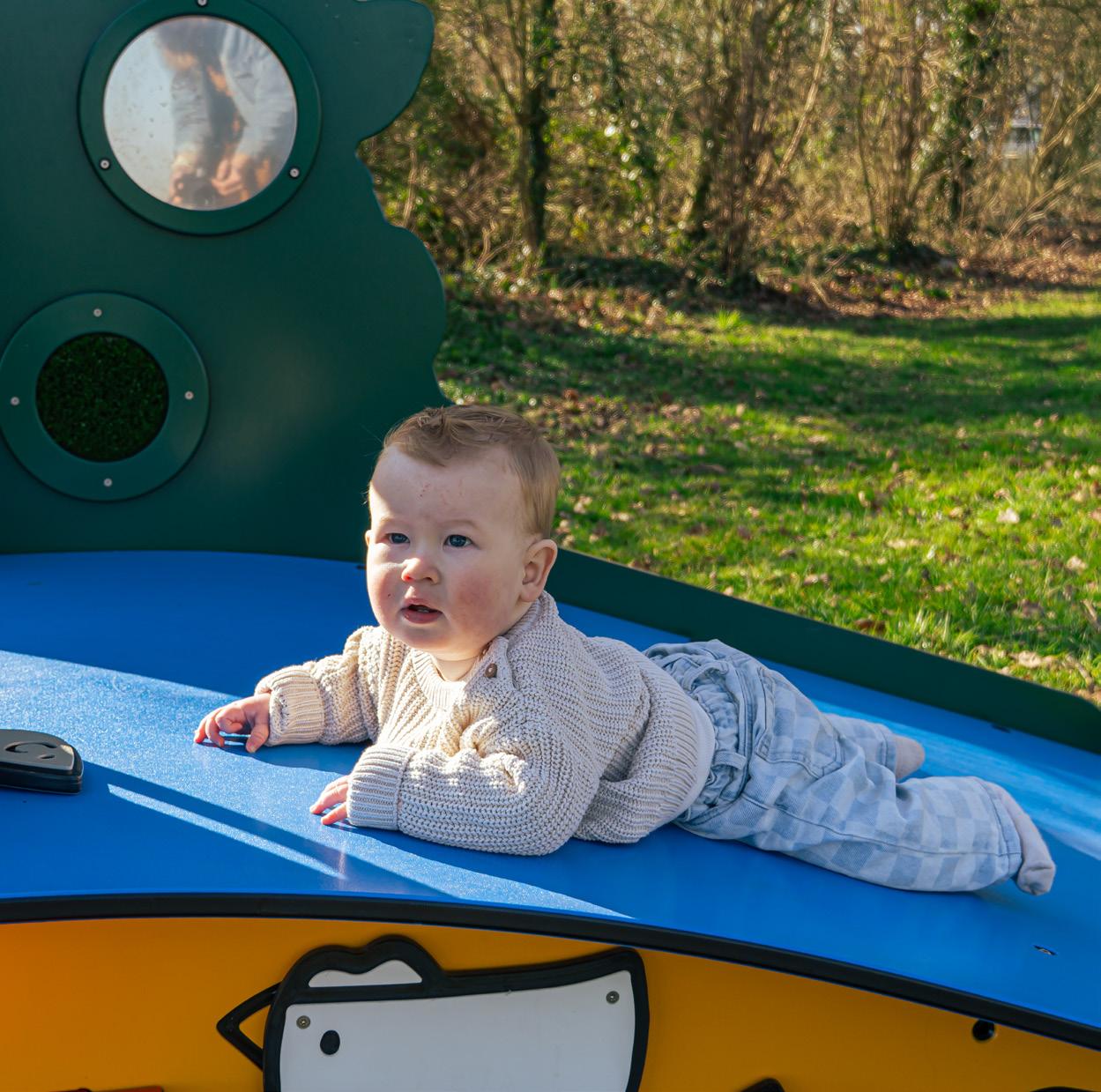
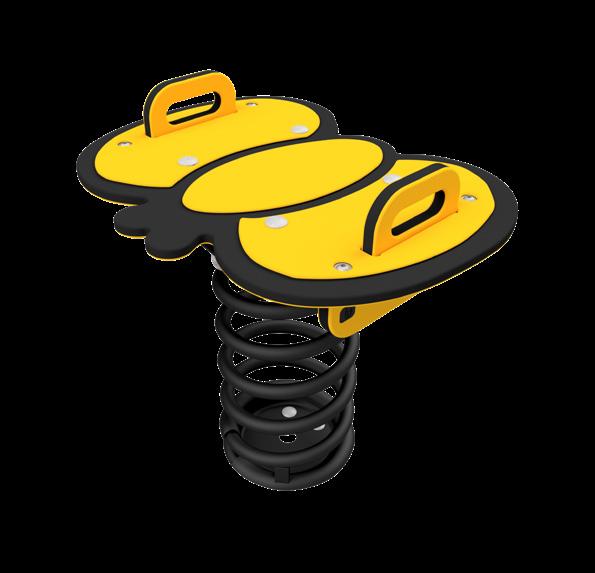
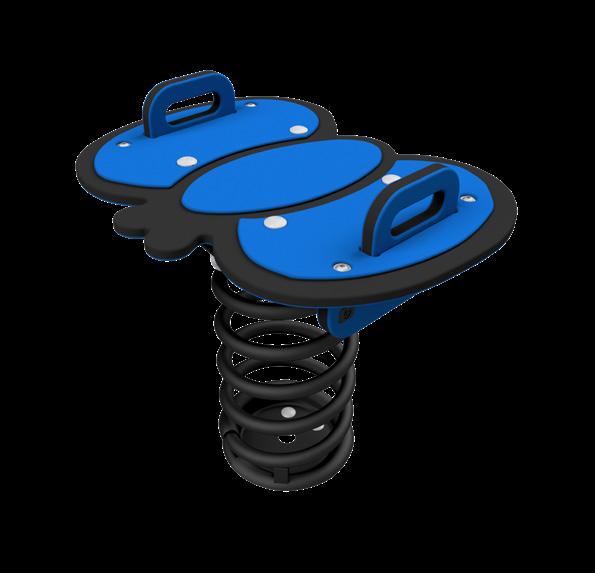
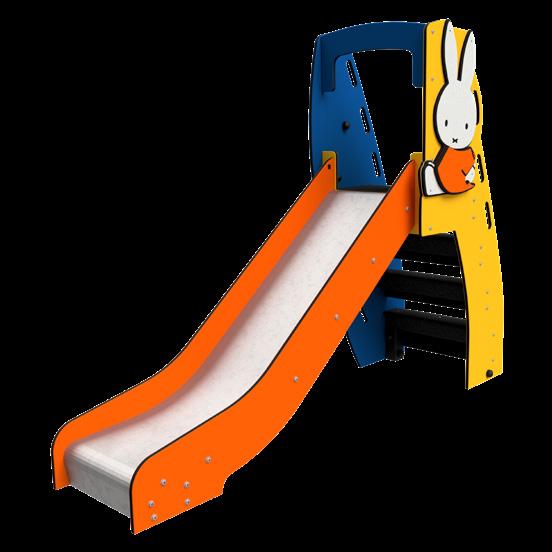
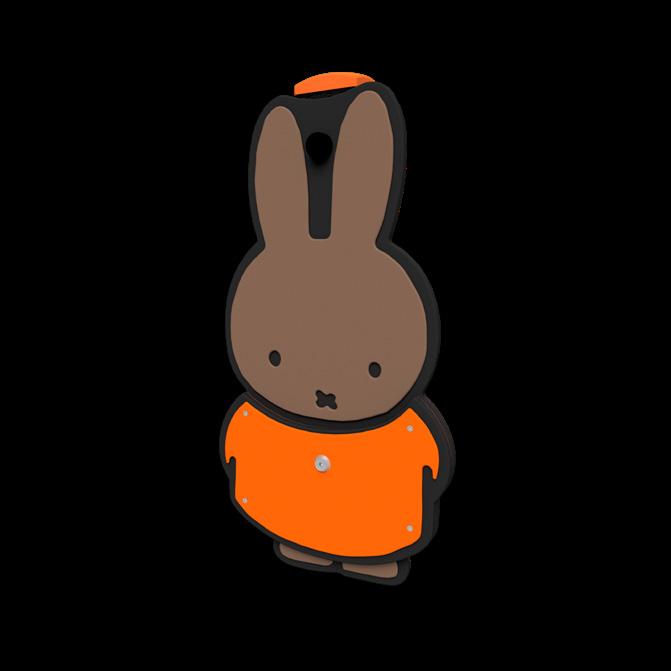
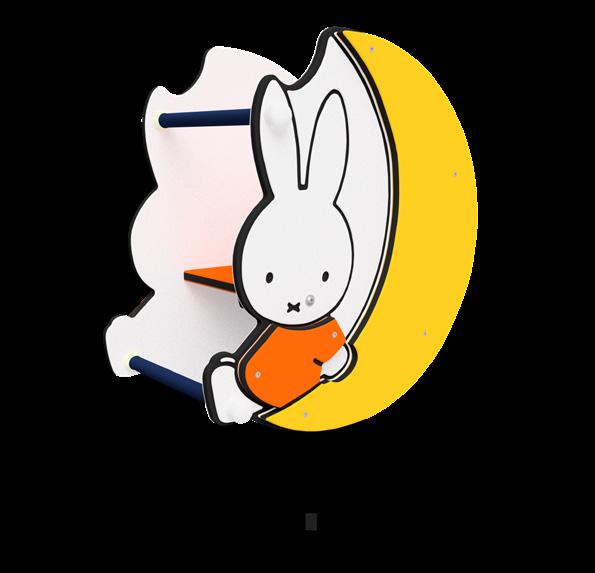
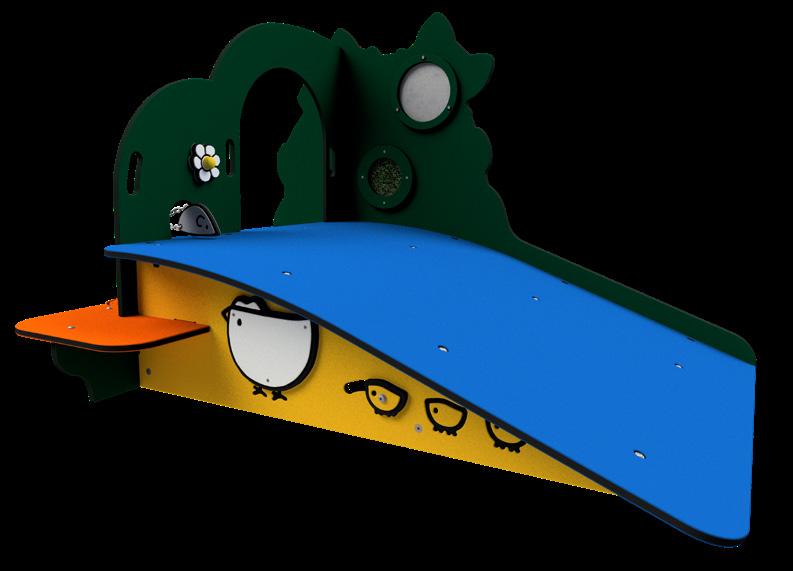

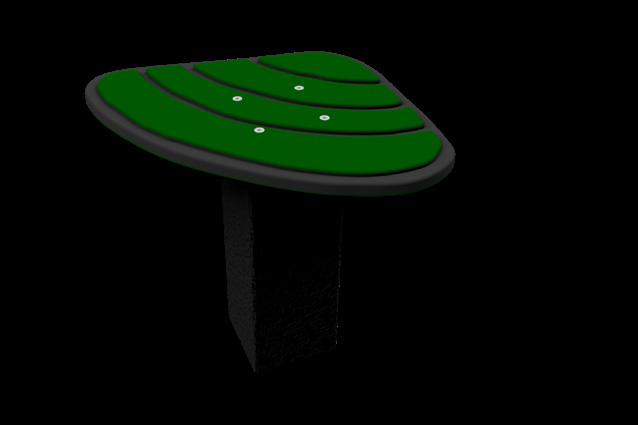


export@boerplay.com
www.boerplay.en
Netherlands
Postal code 10
4255 ZG Nieuwendijk
+31 183 40 23 66
Belgium
Sneeuwbeslaan 4 - bus 13
2610 Antwerpen (Wilrijk)
+32 3 31 48 679
Germany
Allee 24/26
33161 Hövelhof
+49 5257 9 28 96 28
facebook.com/boerplay.international
linkedin.com/company/boerplay-international
Colophon: This brochure is a publication of BOERplay We reserve the right to make printing and typographical errors and changes in this brochure. Nothing in this publication may be reproduced in any form or by any means without the written permission of the publisher. VE10062025
Illustrations Dick Bruna © copyright Mercis bv, 1953-2025 www.miffy.com